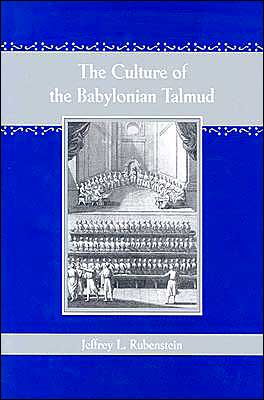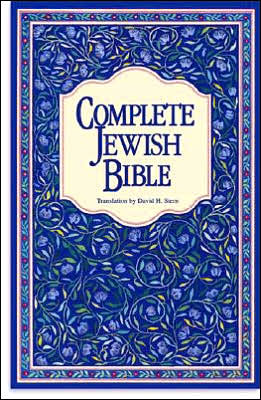The Culture of the Babylonian Talmud
In this pathbreaking study Jeffrey L. Rubenstein reconstructs the cultural milieu of the rabbinic academy that produced the Babylonian Talmud, or Bavli, which quickly became the authoritative text of rabbinic Judaism and remains so to this day. Unlike the rabbis who had earlier produced the shorter Palestinian Talmud (the Yerushalmi) and who had passed on their teachings to students individually or in small and informal groups, the anonymous redactors of the Bavli were part of a large...
Search in google:
Building on his Talmudic Stories, Rubenstein (Hebrew and Judaic studies, New York U.) compares Talmudic versions to support his case that rabbinic academy scholars (Stammaim) of the Babylonian Talmud contributed significantly to redacting earlier Palestinian Talmud narratives. He elucidates aspects of their culture, such as tensions between Torah study and family life and learned and non-learned Jews, and the legacy of their dialectical methods. Annotation ©2004 Book News, Inc., Portland, OR Brown University - Michael Satlow Rubenstein's reconstruction of the social setting of the Bavli, building on the work of his previous book, Talmudic Stories, is remarkable because there is no direct evidence for the existence of such an Academy, or the anonymous scholars who labored in it. Recovering the distinctive culture that produced the Bavli is much like recovering the setting for the redaction of the Hebrew Bible. The Culture of the Babylonian Talmud fills a critical scholarly gap and should begin a healthy and overdue discussion of the role, culture, and underestimated contributions of the redactors of the Bavli.
Preface and AcknowledgmentsAbbreviations and ConventionsTractatesIntroduction1Ch. 1The Rabbinic Academy16Ch. 2Dialectics39Ch. 3Violence54Ch. 4Shame67Ch. 5Lineage and Rabbinic Leadership80Ch. 6Wives102Ch. 7Elitism: The Sages and the Amei ha'arets123Ch. 8Conclusion: The Legacy of the Stammaim143Notes163Selected Bibliography207General Index213Source Index227
\ Michael SatlowRubenstein's reconstruction of the social setting of the Bavli, building on the work of his previous book, Talmudic Stories, is remarkable because there is no direct evidence for the existence of such an Academy, or the anonymous scholars who labored in it. Recovering the distinctive culture that produced the Bavli is much like recovering the setting for the redaction of the Hebrew Bible. The Culture of the Babylonian Talmud fills a critical scholarly gap and should begin a healthy and overdue discussion of the role, culture, and underestimated contributions of the redactors of the Bavli. \ — Brown University\ \ \ \ \ Association of Jewish Libraries NewsletterThis well organized, well written, fascinating, broad ranging, carefully argued book reconstructs the cultural milieu of the rabbinic academy that produced the Babylonian Talmud (Bavli).\ \ \ ChoiceA picture of the inner life of rabbinic academies in late-antique Babylonia (now Iraq)... This book is important for all libraries with collections in Judaic or ancient religion.\ \ \ \ \ Journal of Biblical Literature[Rubenstein's] style of writing is remarkably clear and deserves special recognition... His familiarity with the aggadot he analyzes, his precise translations, and his clear analysis make the book a pleasure to read. His historical conjectures and reconstructions make it a must.\ — Joshua Kulp\ \ \ \ \ \ Journal of Jewish StudiesRubenstein remains a dynamic, productive scholar, whose future works should be looked forward to with anticipation and interest.\ — Sacha Stern\ \ \








